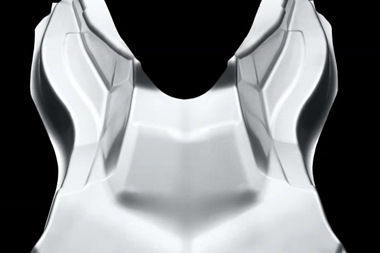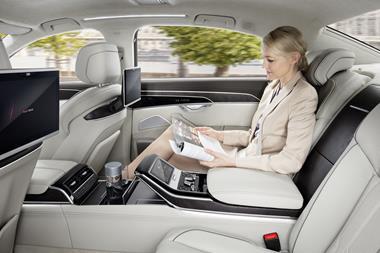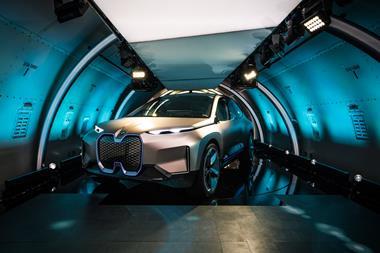Aluminium allegiance
By James Bakewell2018-03-05T12:44:00
Industry analysts are predicting a growth phase for aluminium content in the vehicle material mix. AMS reports on the new grades and applications that underpin this claim
It’s boom time for automotive aluminium. Ford’s game-changing F-150 arguably cemented the lightweight metal’s position as the go-to alternative over steel for carmakers looking to reduce the mass of their vehicles and it seems unlikely that the bubble is about to burst.
Aluminium is significantly more expensive than steel and its use can necessitate significant changes to manufacturing processes, but in the face of stringent regulations covering greenhouse gas emissions and fuel economy in many parts of the world, these are inconveniences that an increasing number of OEMs are willing to overlook as they adopt a ‘right material in the right place’ philosophy for building their vehicles.
This trend was evident at the North American Car, Utility and Truck of the Year (NACTOY) Awards, held in January at the 2018 North American International Auto Show (NAIAS). There, the 2018 Lincoln Navigator, which is around 90kg (200 pounds) lighter than its predecessor, was named Truck of the Year. Boasting an aluminium-intensive chassis, control arms and subframe, the 2018 Honda Accord was named Car of the Year. Many of the other finalists, manufactured by a variety of OEMs from Audi to Kia, are also substantially built from aluminium.





































